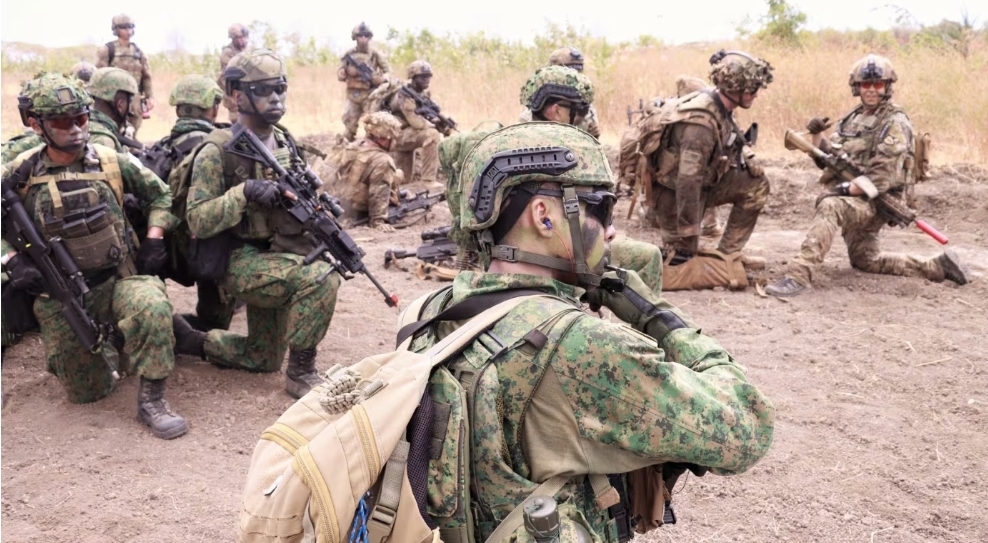SINGAPORE: The Singapore Armed Forces (SAF) has successfully reduced heat injuries and vehicle accidents over the past three years, according to recent data shared in Parliament. Senior Minister of State for Defence Heng Chee How revealed these findings while addressing a parliamentary question, highlighting ongoing efforts to ensure the safety and well-being of military personnel.
Mr Heng explained that the SAF conducts up to 50 physical audits and reviews annually to improve safety standards. The focus of these audits has been on reducing the risks of heat-related injuries and vehicle accidents—two areas of concern as the climate becomes increasingly warmer.
The data shows a marked decrease in the number of heat injury cases, which have dropped from seven per year to two over the past three years. Notably, there were no reported incidents of heat stroke during this period. Similarly, vehicle accidents have also declined, with the rate of incidents decreasing from 3.04 per 100,000 kilometers in 2021 to 2.54 per 100,000 kilometers last year.
The SAF has implemented various measures to strengthen its training and safety protocols. For vehicle safety, drivers undergo a gradual training process, where they first obtain basic driving qualifications before advancing to larger, more complex vehicles. This method allows drivers to build experience and confidence in handling different types of military vehicles.
Further, the SAF has integrated advanced technology to enhance driver safety. Driver monitoring systems have been introduced to detect signs of fatigue, and sensors and video analysis are now used to identify unsafe driving behaviors and potential safety violations.
As temperatures continue to rise, the SAF is collaborating with research institutions to explore new ways to help soldiers adapt to the heat. These initiatives aim to ensure that soldiers are prepared for the evolving challenges posed by climate change while maintaining operational readiness.
Mr Heng reiterated the SAF’s commitment to prioritizing the health and safety of its personnel, with ongoing improvements in training, monitoring, and technological integration set to continue in the years ahead.

